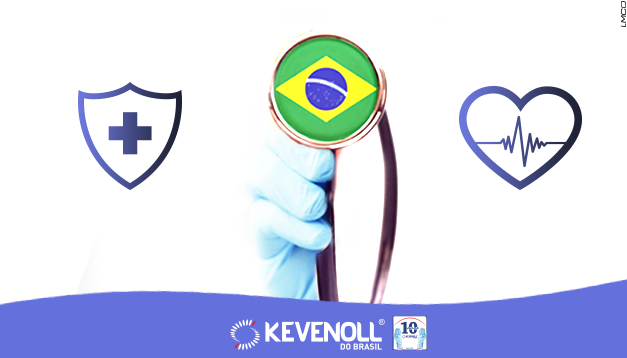Brazilian scientists who contributed to medicine.
After all, did Brazil end up contributing to medicine, or not?
According to a study published by the scientific journal PLOS Biology professors at the Faculty of Medicine of the University of São Paulo (FMUSP) and physicians of the Hospital das Clínicas of FMUSP are among the world’s leading scientists and are included in the world ranking of leading scientists. 600 Brazilians were recognized in the work led by a group from Stanford University in the United States.
According to the composite citation index, the data on the list includes all 100,000 top scientists in all areas.
To learn more about the study: https://journals.plos.org/plosbiology/article/related?id=10.1371/journal.pbio.3000918
In addition to this example, we can also talk about the Brazilian researcher Celina Turchi, who according to the journal Nature (one of the most important journals in the scientific field) became one of the most important scientists of 2016 after leading research that discovered the relationship between microphallia and the Zika virus. The doctor says she has had the help of epidemiologists, pediatricians, neurologists and biologists who specialize in reproduction.
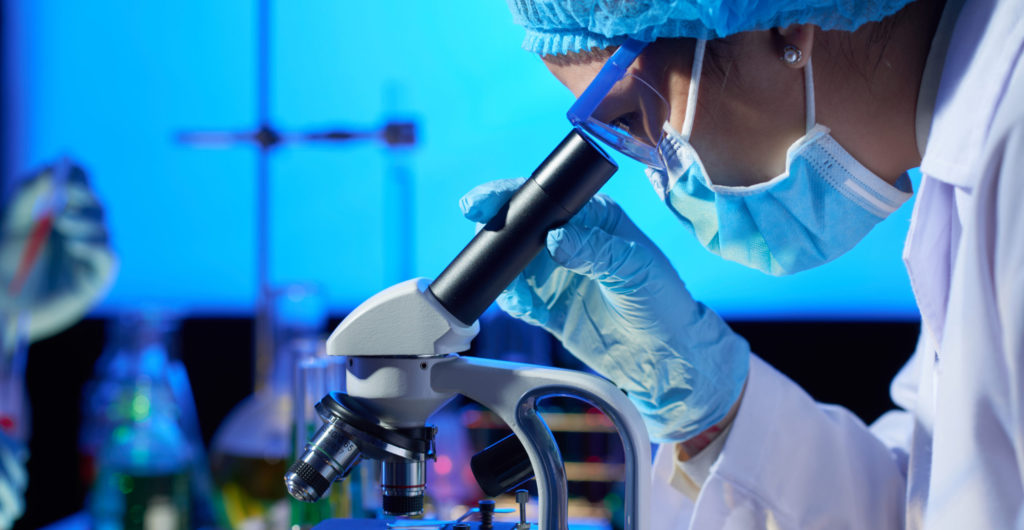
We recall some researchers who were marked in the history of Brazil and the world.
-
Osvaldo Cruz (1872-1917)
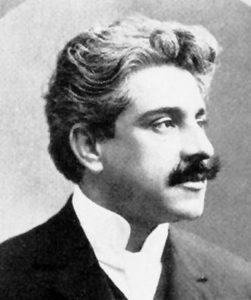
Osvaldo Cruz is a great researcher who has worked as a scientist, physician, epidemiologist, hygienist and bacteriologist, a pioneer in tropical disease research and Brazilian experimental medicine. Osvaldo conducted a coordinated campaign to eliminate outbreaks of yellow fever, smallpox and tropical diseases in Brazil. In addition, he was also responsible for the Vaccine Revolt, for having launched a mandatory vaccination campaign to eliminate some infectious diseases. In 1916, he helped found the Brazilian Academy of Sciences and became mayor of Petrópolis, Rio de Janeiro. He died in 1917 due to health problems.
-
Carlos Chagas (1879-1934)
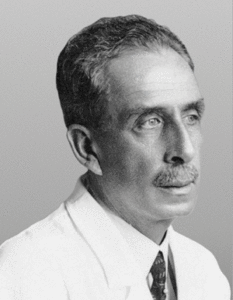
The health doctor was so important to our country that his last name named the famous Chagas disease. Carlos discovered the protozoan Trypanosoma Cruzi, which caused this disease. He was also important in malaria research and worked in public institutions to eradicate the disease (e.g., the current Osvaldo Cruz Institute). The doctor also carried out expeditions throughout the country, conducting epidemiological studies in Minas Gerais and the Amazon region. In 1919, he was invited by then-President Epitácio Pessoa to head the Ministry of Public Health.
Read also: Nalaria Outbreaks in Latin America – PAHO issues alert for high risk of death
- Vital Brazil (1865-1950)
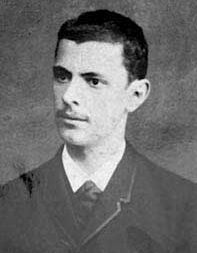
It was a researcher, doctor and sanitarist who elaborated the study of toxins to create antiophilic serum (which saves the lives of thousands of Brazilians bitten by venomous animals such as scorpions, spiders and snakes). There were 20 years of work dedicated to the production of serum and vaccines against typhus, smallpox, tetanus and other diseases. Vital Brasil’s work is known worldwide.
The first rubber gloves
Since we’re talking about scientists who have marked history, it’s also good to remember how the first rubber gloves came about.
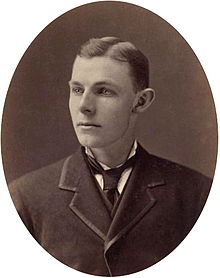
The first rubber surgical gloves were created by the American surgeon William Stewart Halsted (1852 – 1922). Halsted has the name well marked in the history of medicine, and the creation of many surgical procedures and instruments are charged to him, such as Halsted Surgery, Halsted Suture, Halsted Tweezers, among others. But the history of gloves is not as connected to your genius as it is to your love. That’s right, it was the fact that William Halsted fell in love that allowed the rubber surgical gloves to be created.
Medicine was still learning to prevent infections in surgical procedures, and in 1890 Halsted was a surgeon and professor at John Hopkins Hospital, which was also a university hospital. Halsted and his team followed a rigorous procedure of hand antisepsis, dipping them into phrenic acid solutions.
Caroline Hamptom was Halsted's surgical instrumentator, and developed a serious dermatitis, provoked by contact with the antiseptic solutions used in surgeries. This allergy was putting the nurse's career at risk, causing her to plan to leave the doctor’s team.
Afraid of losing her best nurse, William Halsted contacted the Goodyear Rubber Company to make a pair of slender rubber gloves, so Caroline could dip her hands protected by gloves in the solution without further damage to her skin.
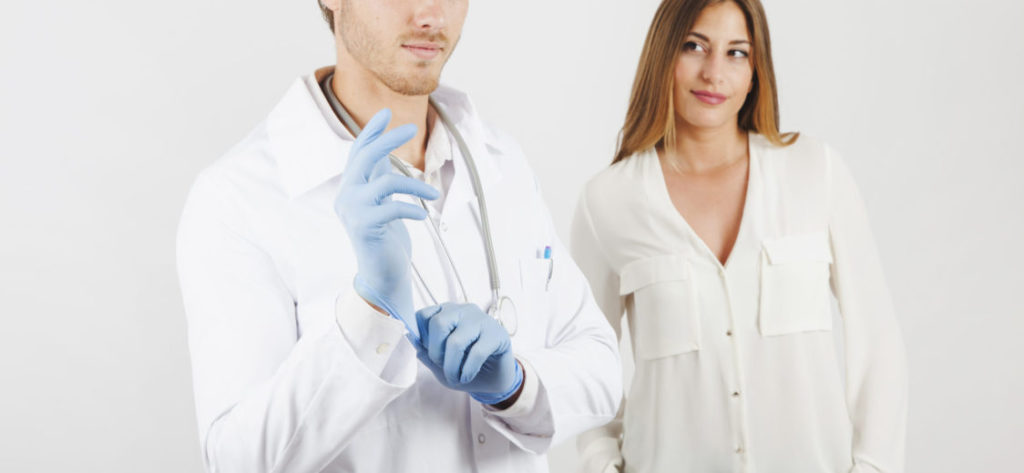
It is believed that Halsted was in love with Caroline, even though, shortly thereafter they married and lived the rest of their lives together.
One of Halsted’s assistants, Joseph Bloodgood, realized that in reality the gloves alone represented a better way to obtain asepsis, as it could be sterilized previously. The doctor went on to wear, along with his entire team, gloves equal to Caroline’s in hernia surgeries, and the infections dropped to almost zero.
Not many years later, gloves were adopted as a mandatory item in several hospitals in the United States and Europe, and today they are already of mandatory standard use worldwide, serving as a protective barrier for the doctor and patient.
Read also: Before The Procedure Gloves
Do not neglect the use of gloves
As we have seen, procedure gloves are essential for doctors and nurses to protect themselves and their patients. Protection is the focus of 2019, 2020 and now 2021 due to corona virus. The risk of contact with contaminated biological fluids can be drastically decreased with the use of procedure gloves, such as the Nugard Procedure Gloves. They create a very effective barrier that protects the doctor and patient from occasional cross-contamination.
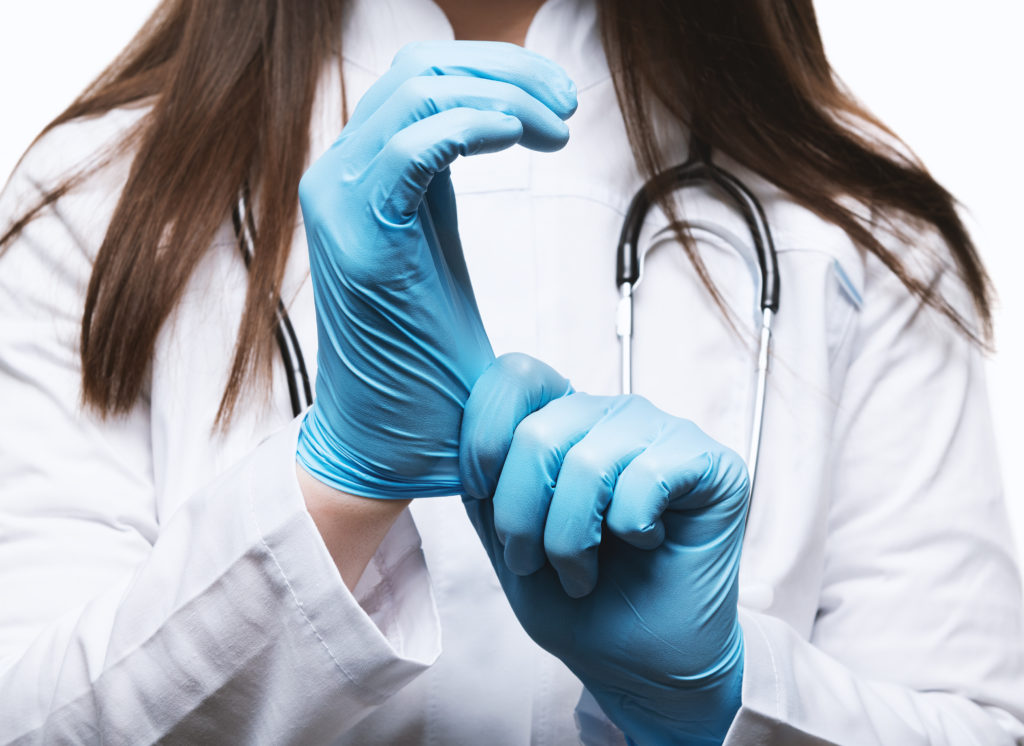
Nugard Procedure Gloves are ideal for non-surgical procedures, and can be used in hospitals, clinics and laboratories, offering protection against biological hazards (such as contaminated blood and fluids), contact with harmful microorganisms, and during handling of contaminated or partially contaminated materials.
>They can be in 100% natural latex with powder or without powder (Nugard PF), or also in synthetic nihilic rubber, which offers even more resistance and is widely indicated for professionals allergic to latex.
Learn more about Nugard Nitrilica by clicking here.
Kevenoll do Brasil products are INMETRO certified and guarantee safety, comfort and practicality for you and your patient.

